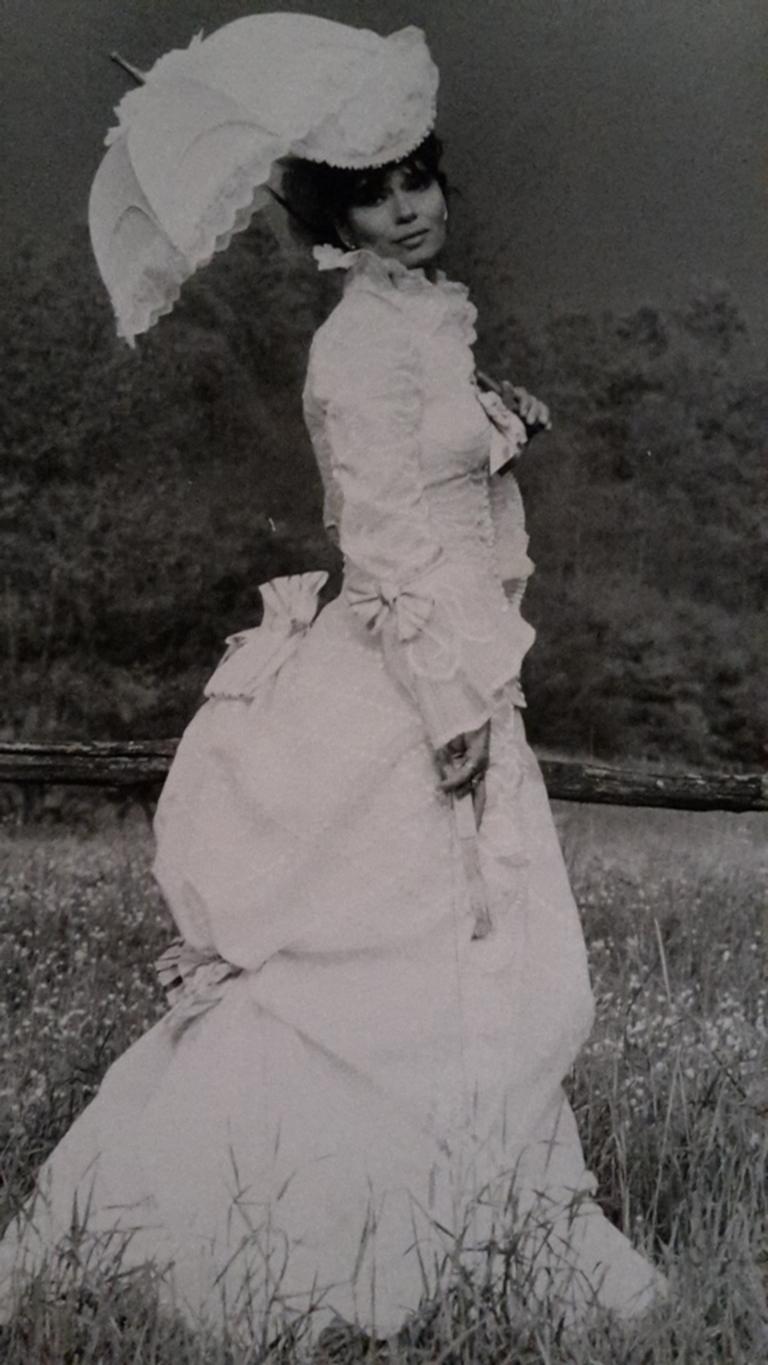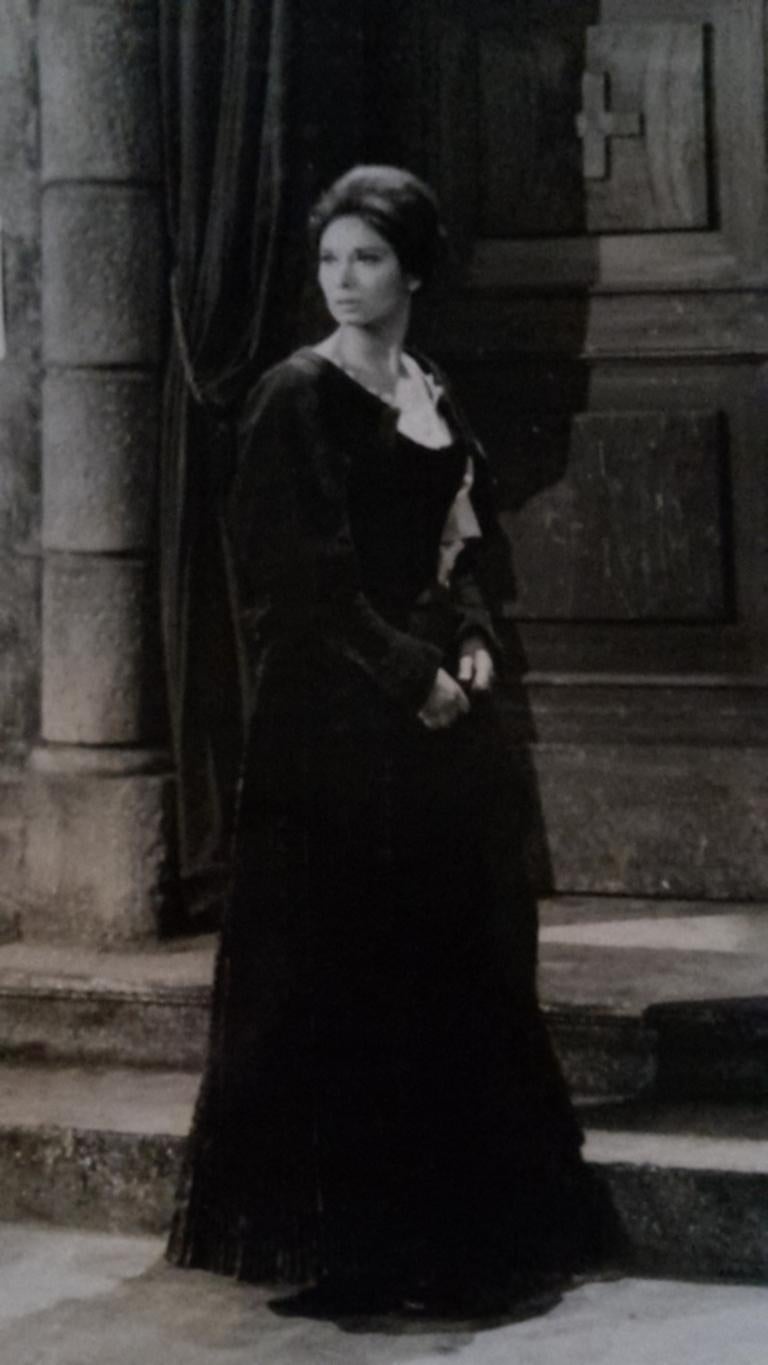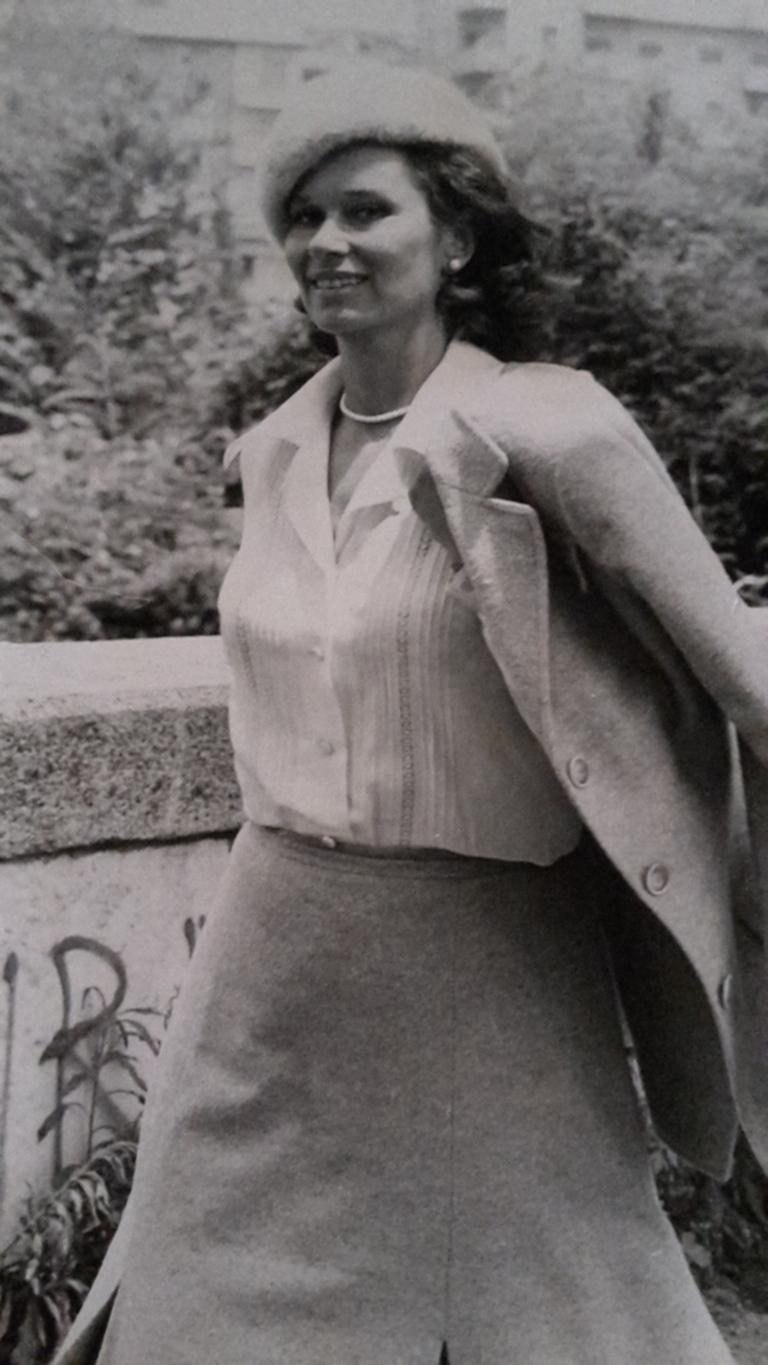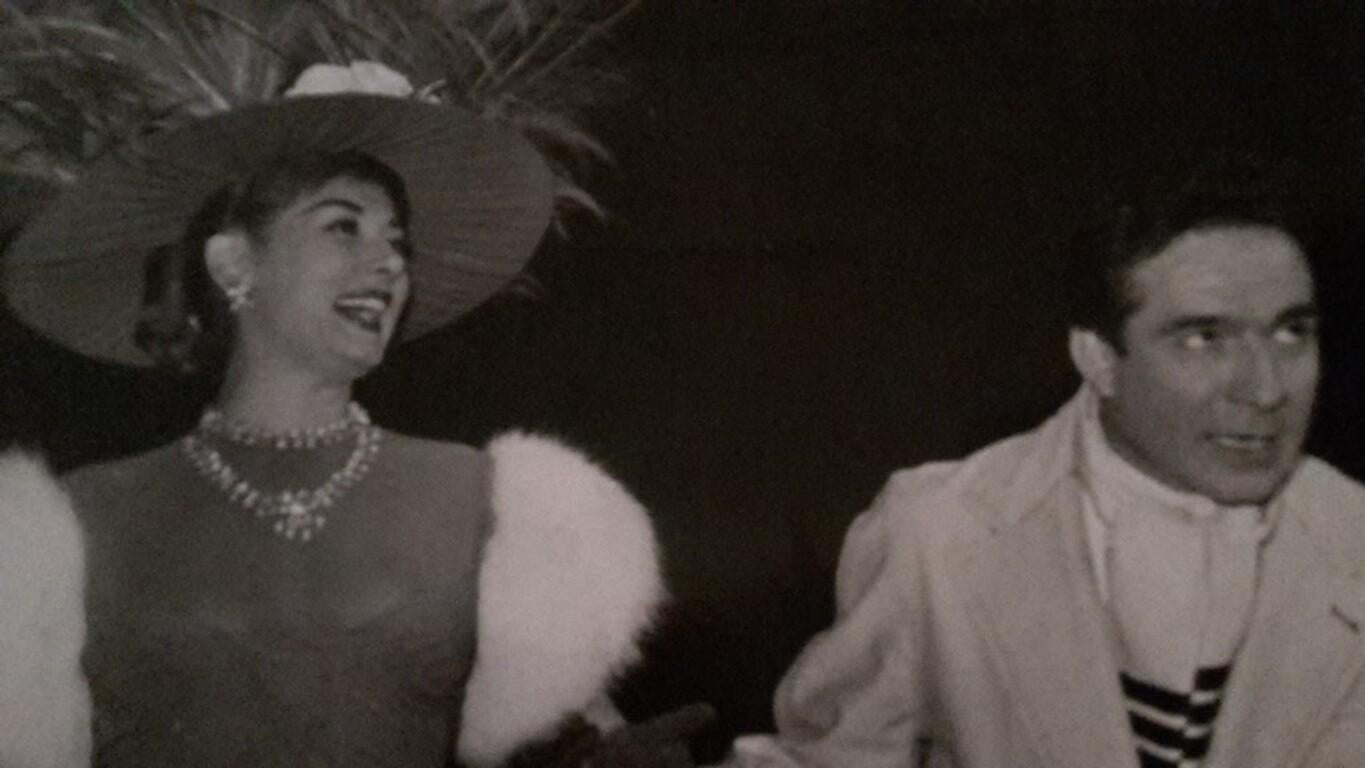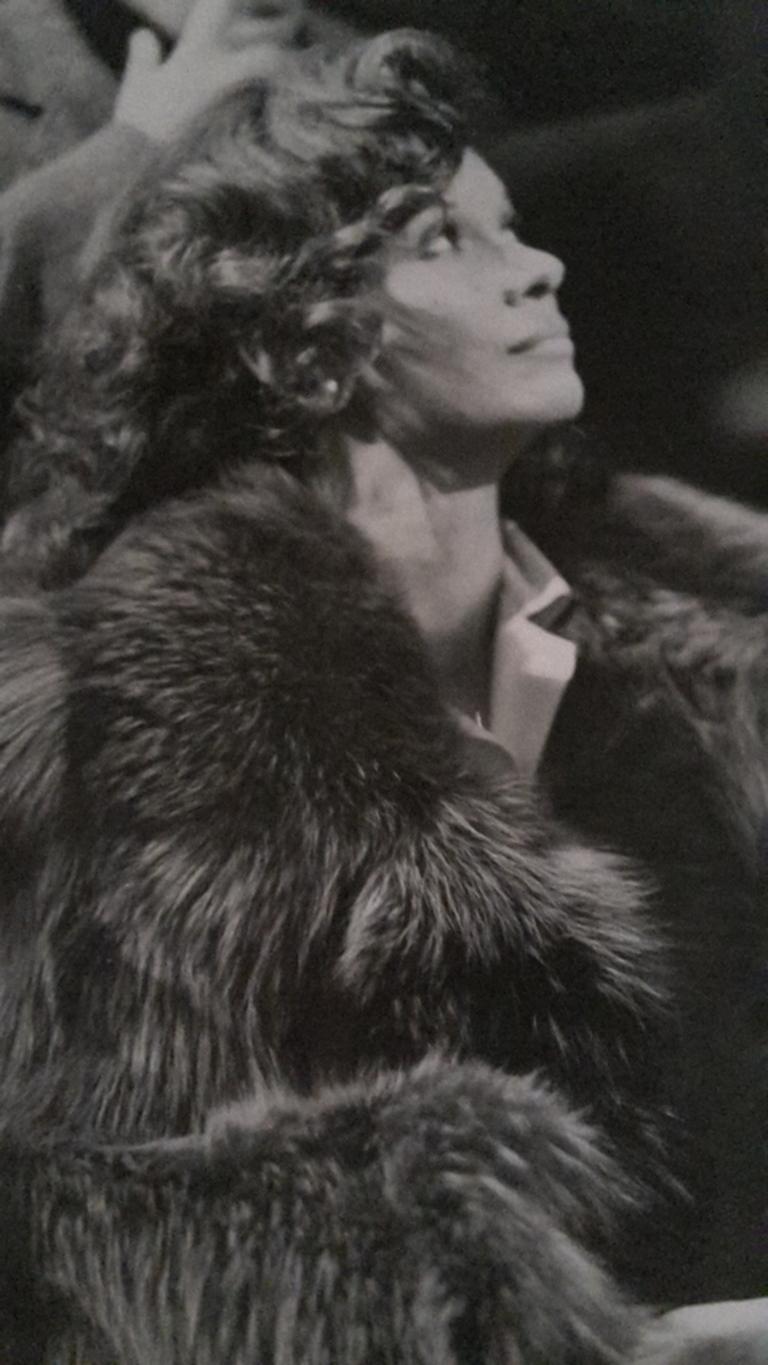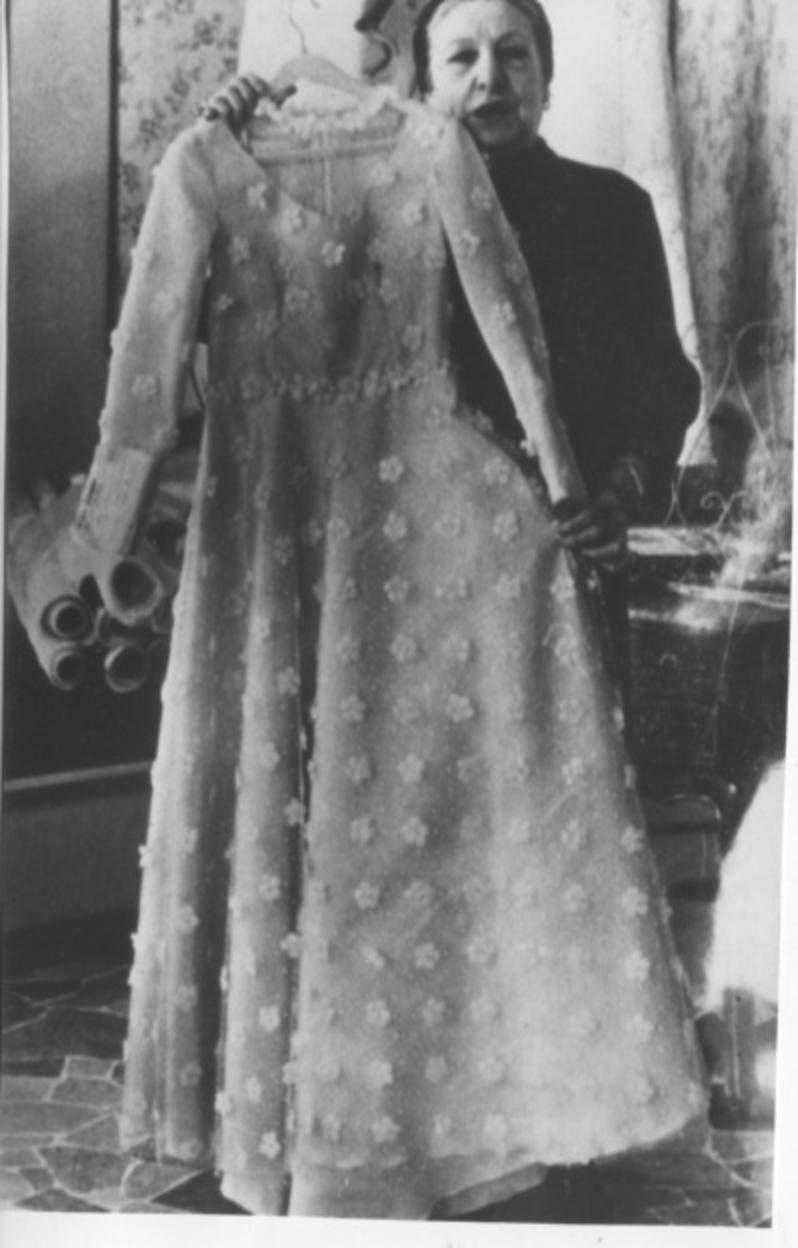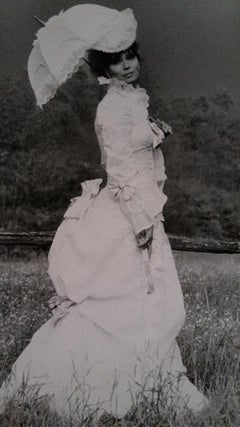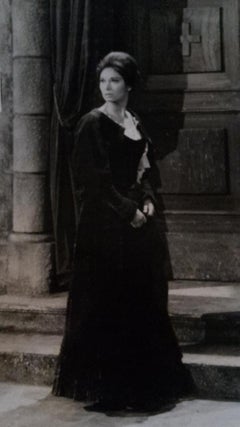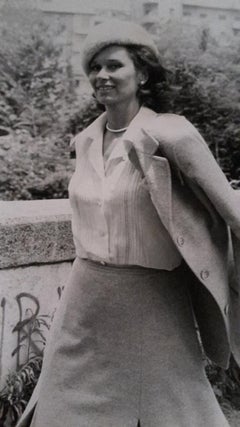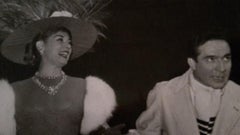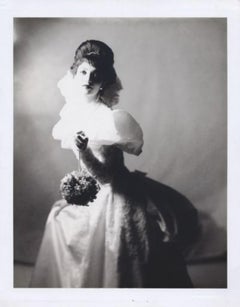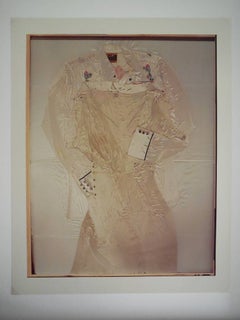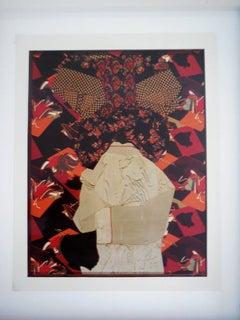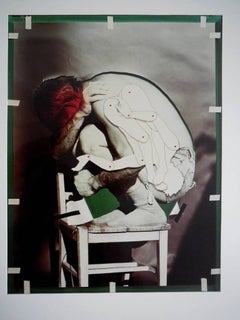Items Similar to The Italian Actress Lea Massari - Vintage Photograph - 1970s
Want more images or videos?
Request additional images or videos from the seller
1 of 2
UnknownThe Italian Actress Lea Massari - Vintage Photograph - 1970s1970s
1970s
$117.86
£88.77
€100
CA$162.54
A$182.60
CHF 95.41
MX$2,228.76
NOK 1,211.43
SEK 1,140.31
DKK 761.16
About the Item
Vintage Photo.
The Italian Actress Lea Massari in a vintage dress.
- Creation Year:1970s
- Dimensions:Height: 9.45 in (24 cm)Width: 7.29 in (18.5 cm)Depth: 0.04 in (1 mm)
- Medium:
- Movement & Style:
- Period:
- Framing:Framing Options Available
- Condition:Insurance may be requested by customers as additional service, contact us for more information.
- Gallery Location:Roma, IT
- Reference Number:Seller: J-708121stDibs: LU650315091662
About the Seller
4.9
Platinum Seller
Premium sellers with a 4.7+ rating and 24-hour response times
1stDibs seller since 2017
7,635 sales on 1stDibs
Typical response time: 2 hours
- ShippingRetrieving quote...Shipping from: Monaco, Monaco
- Return Policy
Authenticity Guarantee
In the unlikely event there’s an issue with an item’s authenticity, contact us within 1 year for a full refund. DetailsMoney-Back Guarantee
If your item is not as described, is damaged in transit, or does not arrive, contact us within 7 days for a full refund. Details24-Hour Cancellation
You have a 24-hour grace period in which to reconsider your purchase, with no questions asked.Vetted Professional Sellers
Our world-class sellers must adhere to strict standards for service and quality, maintaining the integrity of our listings.Price-Match Guarantee
If you find that a seller listed the same item for a lower price elsewhere, we’ll match it.Trusted Global Delivery
Our best-in-class carrier network provides specialized shipping options worldwide, including custom delivery.More From This Seller
View AllThe Italian Actress Lea Massari - Vintage Photograph - 1970s
Located in Roma, IT
Vintage Photo.
The Italian Actress Lea Massari in a vintage dress.
Category
1970s Contemporary Figurative Photography
Materials
Photographic Paper
The Italian Actress Lea Massari - Vintage Photograph - 1970s
Located in Roma, IT
Vintage Photo.
The Italian Actress Lea Massari on the set of a movie.
Category
1970s Contemporary Figurative Photography
Materials
Photographic Paper
The Italian Actress Lea Massari - Vintage Photograph - 1970s
Located in Roma, IT
Vintage Photo.
The Italian Actress Lea Massari.
Category
1970s Contemporary Figurative Photography
Materials
Photographic Paper
The Italian Actress Lauretta Masiero - Vintage photo - 1970s
Located in Roma, IT
Vintage Photo.
The Italian Actress Lauretta Masiero on the set of a movie.
Category
1970s Contemporary Figurative Photography
Materials
Photographic Paper
The Italian Actress Lea Massari - Vintage Photograph - 1970s
Located in Roma, IT
Vintage Photo.
The Italian Actress Lea Massari.
Category
1970s Contemporary Figurative Photography
Materials
Photographic Paper
The Italian Actress Paola Borboni - Vintage Photo - 1970s
Located in Roma, IT
Vintage Photo.
The Italian Actress Paola Borboni.
Category
1970s Contemporary Figurative Photography
Materials
Photographic Paper
You May Also Like
"Brides Magazine, Elenore", New York, NY, 1989
By Jose Picayo
Located in Hudson, NY
This photograph is printed on Japanese Paper.
The price is for an unframed photograph.
11" X 14" Edition of 25.
The Robin Rice Gallery is pleased to announce, 25 Years of Polaroi...
Category
1980s Contemporary Portrait Photography
Materials
Photographic Paper
Rare Large Harry Bowers Vintage C Print Photograph Ten Photographs Fashion Photo
By Harry Bowers
Located in Surfside, FL
HARRY BOWERS
T E N P H O T O G R A P H S
I DON'T LOOK FOR PHOTOGRAPHS I INVENT THEM
I recall my first meeting with Harry Bowers in California a few years ago. As he produced his large-scale prints, I was at first flabbergasted, not only by their size, but by their seamless perfection. Technique appeared to be everything but then technique as technique simply vanished. After the first moment, technique was no longer an issue, but rather a passageway to the imagery.
Suffice it to say about Harry Bowers' working style that he is an obsessive man. Trained as an engineer, he has turned that discipline to art. His lenses, equipment and darkroom, much of it exactingly manufactured by himself to answer certain needs, serve the desire of the artist to take photographic technique to its ultimate perfection in invisibility and transparency. I respect obsession in art, and particularly in photography, because obsession in photography passes beyond the easy, middle ground of image making to a more demanding, more difficult, yet more rewarding end. Bowers' obsession is to eliminate "photography as technique." No grain, no decisive moments, no journalism, or, seemingly, direct autobiographical endeavors appear in his work.
Bowers is an artist of synthesis who controls his environment if only in the studio exactly to his liking. The images he creates are formal structures, saucy stories on occasion, which may offer hints of a darker, more frightening sexuality, but what you see is the end product of an experiment in which nothing save the original insight perhaps is left to chance.
We seem fascinated with the idea of replication of reality in art. Popular painting frequently reproduces a scene "with the accuracy of a photograph," and photographs may "make you feel as though you were right there." The very invisibility of the photographic medium is important to Bowers, in that it allows him to maneuver his subject matter without concern for rendering it in an obvious art medium which would interfere with the nature of the materials he uses. The formal subtleties of Bowers' recent work are as delicious and ambiguous in their interrelationships as the best Cubist collages, yet while those collages always suggest their parts through edge and texture, these photographs present a structure through a surface purity.
"I follow fashion. I have closets literally full of clothes. I am a full-blown Comme des Garçons and Prada freak. I love clothes themselves as objects, and I also love the glossies – my love of fashion is how I discovered Wallpaper magazine" Bowers' earlier works, for example, the Skirts I Have Known series, were formed of bits of clothing belonging to Bowers and his wife or found at local thrift shops. These works fused an elegance of pattern and texture, reminiscent of Miriam Shapiro...
Category
1980s Photography
Materials
Photographic Paper
Rare Harry Bowers Vintage C Print Photograph From Ten Photographs Fashion Shot
By Harry Bowers
Located in Surfside, FL
HARRY BOWERS
T E N P H O T O G R A P H S
I DON'T LOOK FOR PHOTOGRAPHS I INVENT THEM
I recall my first meeting with Harry Bowers in California a few years ago. As he produc...
Category
1980s 85 New Wave Photography
Materials
C Print
Rare Harry Bowers Vintage C Print Photograph From Ten Photographs Fashion Photo
By Harry Bowers
Located in Surfside, FL
HARRY BOWERS
T E N P H O T O G R A P H S
I DON'T LOOK FOR PHOTOGRAPHS I INVENT THEM
I recall my first meeting with Harry Bowers in California a few years ago. As he produced his large-scale prints, I was at first flabbergasted, not only by their size, but by their seamless perfection. Technique appeared to be everything but then technique as technique simply vanished. After the first moment, technique was no longer an issue, but rather a passageway to the imagery.
Suffice it to say about Harry Bowers' working style that he is an obsessive man. Trained as an engineer, he has turned that discipline to art. His lenses, equipment and darkroom, much of it exactingly manufactured by himself to answer certain needs, serve the desire of the artist to take photographic technique to its ultimate perfection in invisibility and transparency. I respect obsession in art, and particularly in photography, because obsession in photography passes beyond the easy, middle ground of image making to a more demanding, more difficult, yet more rewarding end. Bowers' obsession is to eliminate "photography as technique." No grain, no decisive moments, no journalism, or, seemingly, direct autobiographical endeavors appear in his work.
Bowers is an artist of synthesis who controls his environment if only in the studio exactly to his liking. The images he creates are formal structures, saucy stories on occasion, which may offer hints of a darker, more frightening sexuality, but what you see is the end product of an experiment in which nothing save the original insight perhaps is left to chance.
We seem fascinated with the idea of replication of reality in art. Popular painting frequently reproduces a scene "with the accuracy of a photograph," and photographs may "make you feel as though you were right there." The very invisibility of the photographic medium is important to Bowers, in that it allows him to maneuver his subject matter without concern for rendering it in an obvious art medium which would interfere with the nature of the materials he uses. The formal subtleties of Bowers' recent work are as delicious and ambiguous in their interrelationships as the best Cubist collages, yet while those collages always suggest their parts through edge and texture, these photographs present a structure through a surface purity.
Bowers' earlier works, for example, the Skirts I Have Known series, were formed of bits of clothing belonging to Bowers and his wife or found at local thrift shops. These works fused an elegance of pattern and texture, reminiscent of Miriam Shapiro...
Category
1980s Photography
Materials
Photographic Paper
Manuela Massimi as Cortigiana
By Hiroshi Watanabe
Located in Sante Fe, NM
In the series “Comedy of Double Meaning’ Japanese photographer Hiroshi Watanabe photographs members of a Venetian theatrical troupe, the Pantakin Company, dressed as Pulcinella, Inna...
Category
2010s Contemporary Black and White Photography
Materials
Silver Gelatin
Moda by Rosie Emerson, Black and white analogue photography, glam female figure
By Rosie Emerson
Located in Dallas, TX
"Moda" is one of Rosie Emerson's newest pieces from her fashion inspired photographic series. This is a photopolymer etching with embossing on paper, framed in a custom box black frame.
This is an edition of 12, and each piece is slightly different because they are each hand-made.
Moda, Ed 2/12
Photopolymer etching with embossing on paper, framed
Artwork: 22" x 10" inches / 55 x 25 cm
Rosie Emerson, born in 1981, is a contemporary artist working almost exclusively on representing the female form. Emerson’s figures draw reference from archetypes old and new, from Artemis to the modern day super model, each solitary figure, an allegory of her own fantasy. Interested in surface, the interplay between photography and painting. Emerson’s works are playful constructs; Photography is used, not as a device for capturing reality but for creating romanticised optical illusions.
Inspired by her love of theatre, performance, shrines and rituals, she uses lighting, costume, set and prop making, alongside printmaking and painting to create other worldly one off pieces. Her photography is inspired by both the drama of the baroque, and ethereal qualities of Pre Raphaelite works. Other important influences include late medieval and renaissance paintings, Japanese prints, and magical realist literature.
Emerson’s screen-prints use unusual materials including charcoal powder, ash and saw dust to shift the focus of printmaking from accuracy and replication to the creation of unique, hand-finished prints with subtle texture.
She explains ‘By combining photography with painting it allows me to balance energy and precision, and create something, which despite hours of planning will still surprise me in its results.’
Her recent Cyanotype works enable her to montage objects with real size photographic negatives. Using UV light from the sun to expose objects and images directly on to the sensitized surface, the works are often hand painted or gilded with gold leaf. Emerson describes ‘the technique itself has an element of magic about it, it also a wonderful discovery to be able to combine painting, collage and photography in this way’’.
Emerson’s work is widely collected and exhibited both in the UK as well as internationally, through galleries, art fairs and museums. She has also worked with brands and individuals including Harvey Nichols, The Ivy Club, Sony, Triumph Underwear, Redbull, P&O Cruises, and Annoushka jewelry...
Category
2010s Contemporary Figurative Photography
Materials
Photographic Film, Archival Paper, Black and White, Etching
More Ways To Browse
Tall Contemporary Sculpture
Costume Design Print
Prints 20th Century Women Artists
De Nicola
Figurative Woodblock Prints
Original Lithograph 1950s
Abstract Dancing Sculptures
Eastern European Artists
Early Christian Art
Vintage Airline
Dutch Landscape Prints
Michael West
San Francisco Etching
Picasso Man With
Sun Sculptures
Antique Prints Swiss
French Circus
Hand Signed Dali
